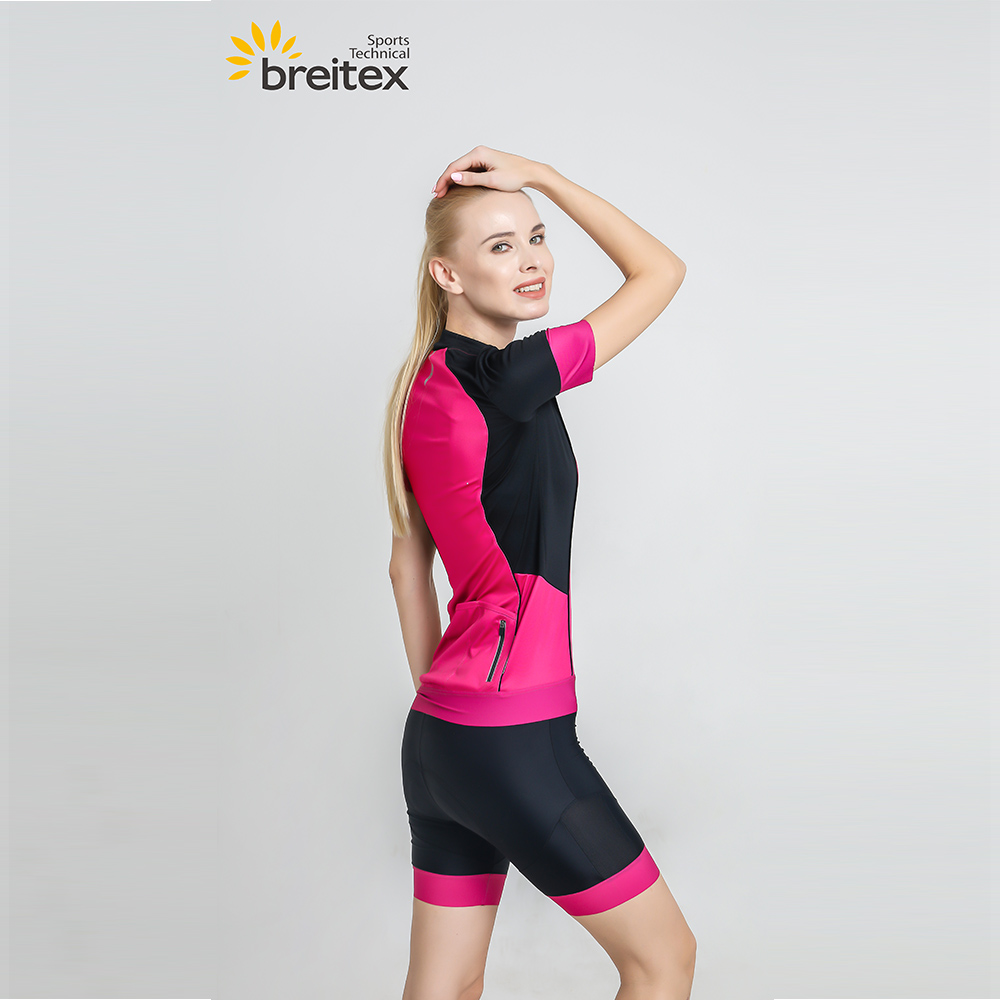Tags :
When designing sports apparel, it's essential to strike a balance between functionality and aesthetics. Whether it's athletic shoes, yoga pants, sports bras, or running gear, comfort, breathability, moisture-wicking abilities, and a fashionable appearance are all key factors in attracting consumers. For instance, running shoes should not only provide strong support and cushioning but also feature a trendy design. By clearly defining the product's goals, brands can better align their sourcing and manufacturing processes to ensure the athletic apparel is both high-performance and visually appealing.
The choice of materials has a significant impact on the functionality and comfort of sports apparel. Popular materials such as polyester, spandex, and nylon are favored for their durability, elasticity, and moisture-wicking properties. Polyester, known for its quick-drying ability, is perfect for producing running shirts and shorts, while spandex, with its excellent stretch, is ideal for tight-fitting garments like yoga pants. Additionally, the rise of eco-friendly materials like bamboo and organic cotton caters to environmentally conscious consumers, providing a competitive edge in the market.

Producing high-quality sportswear hinges on precise process management:
· Cutting and Sewing: Accurate cutting and stitching ensure that the garments fit well and retain their shape over time. Automated cutting machines and skilled labor are crucial for this stage.
· Seam Sealing: This technique ensures that apparel such as jackets and pants are waterproof, which is especially important for outdoor sportswear.
· Quality Control: Every piece of sportswear must undergo strict quality checks to ensure it meets the specified durability, fit, and performance standards.
Selecting the right manufacturer is key to ensuring product quality. The following tips can help you identify a trustworthy partner:
· Research and Reputation: Look for manufacturers with a good reputation and positive reviews within the industry, and seek recommendations through industry networks.
· Factory Visits: Visiting manufacturing facilities allows you to see their processes, labor skills, and adherence to quality standards firsthand.
· Sample Testing: Before committing to large orders, request and rigorously test samples to ensure the products meet your quality and performance requirements.
· Compliance and Certification: Make sure the manufacturer meets industry standards and holds necessary certifications, such as ISO 9001 for quality management systems.
There are both advantages and challenges to sourcing sportswear:
Advantages:
· Cost Control: Sourcing from regions with lower labor costs can significantly reduce production expenses.
· Technical Support: Partnering with experienced manufacturers allows you to benefit from their expertise in sportswear technologies and materials.
· Scalability: Established manufacturers often have the capacity to handle large orders, which is crucial for growing brands.
Challenges:
· Quality Management: Maintaining consistent quality can be challenging, especially when working with remote manufacturers. Regular quality inspections are necessary to uphold standards.
· Communication Barriers: Language differences and time zone disparities may lead to misunderstandings and delays. Clear and consistent communication is key.
· Ethical Standards: Ensuring that manufacturers adhere to ethical labor practices is crucial to avoiding reputational damage and meeting legal requirements.
To succeed in the highly competitive sportswear market, brands must carefully balance material selection, production processes, and the choice of manufacturers. By understanding industry trends, addressing potential challenges, and maintaining strict quality control, you can create high-quality sportswear that combines both performance and style, satisfying market demands and elevating your brand’s image.
![]() Recommended Products
Recommended Products
 Get Daily Update
We’ll never share your email address with a third-party.
Get Daily Update
We’ll never share your email address with a third-party.